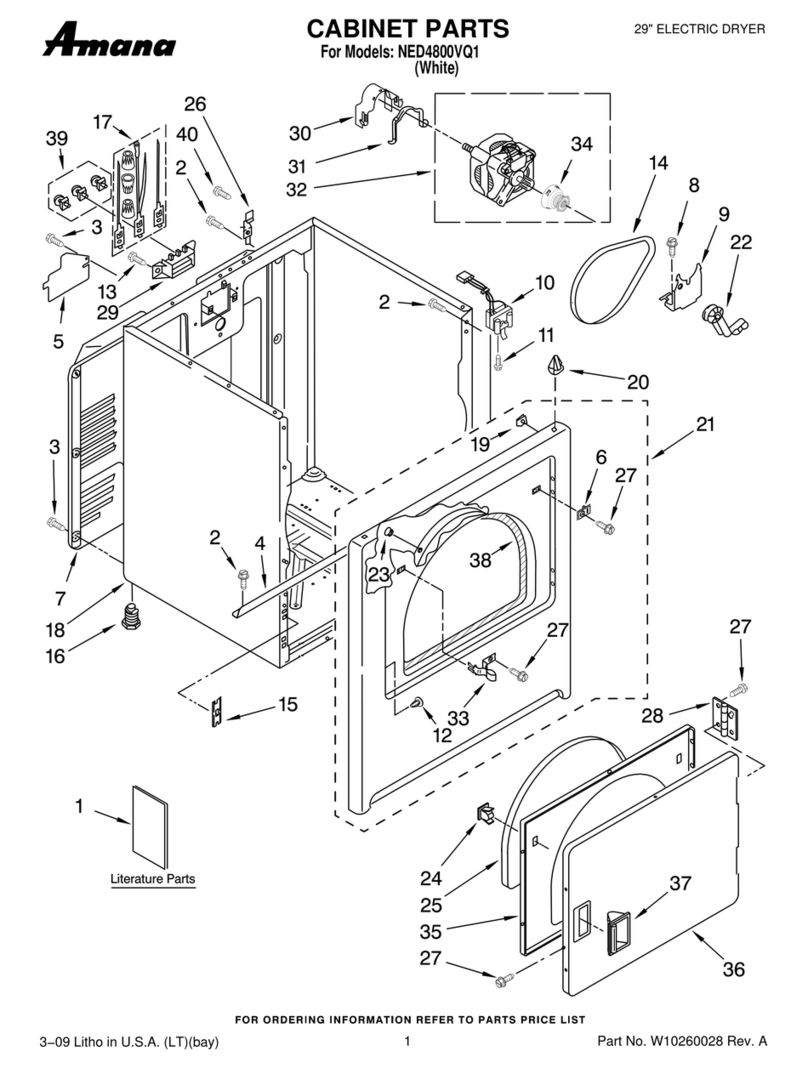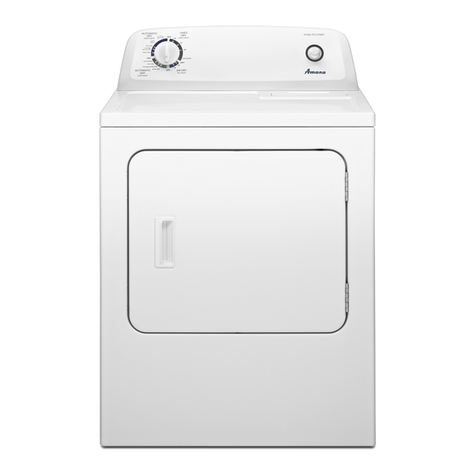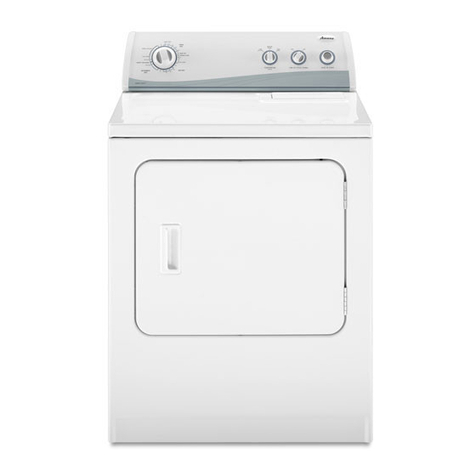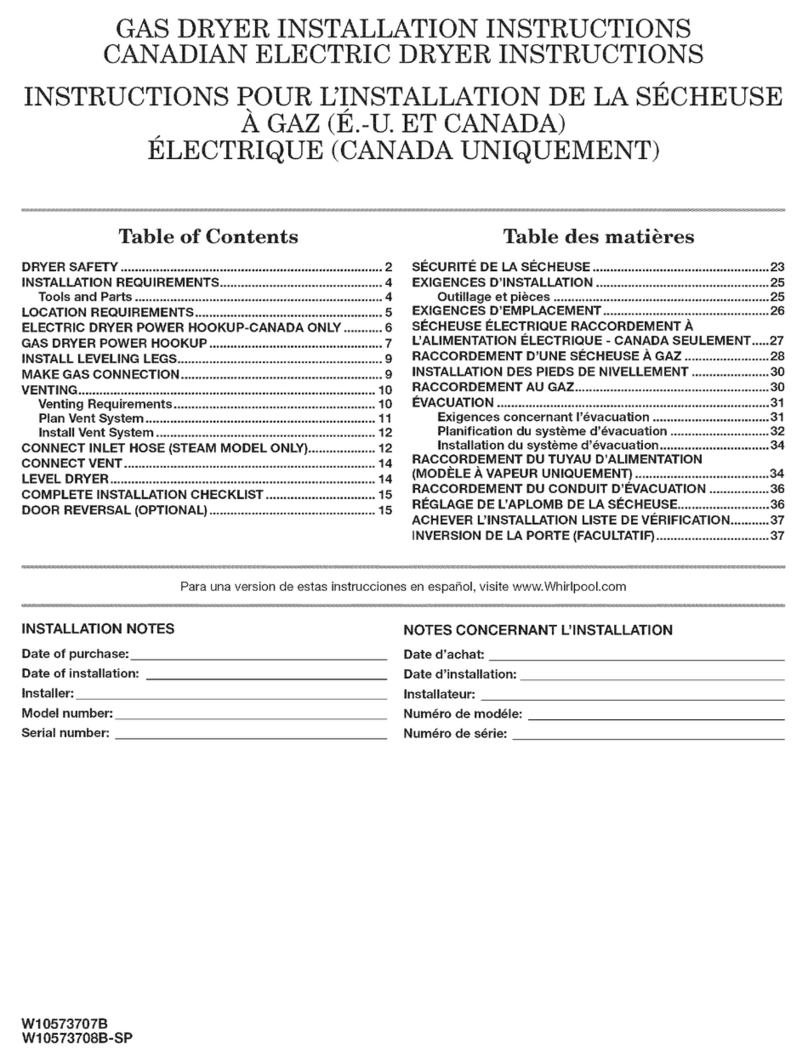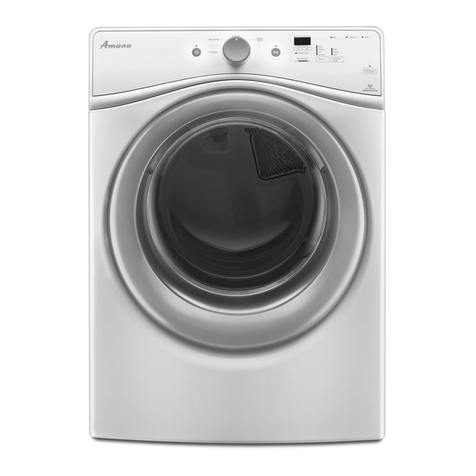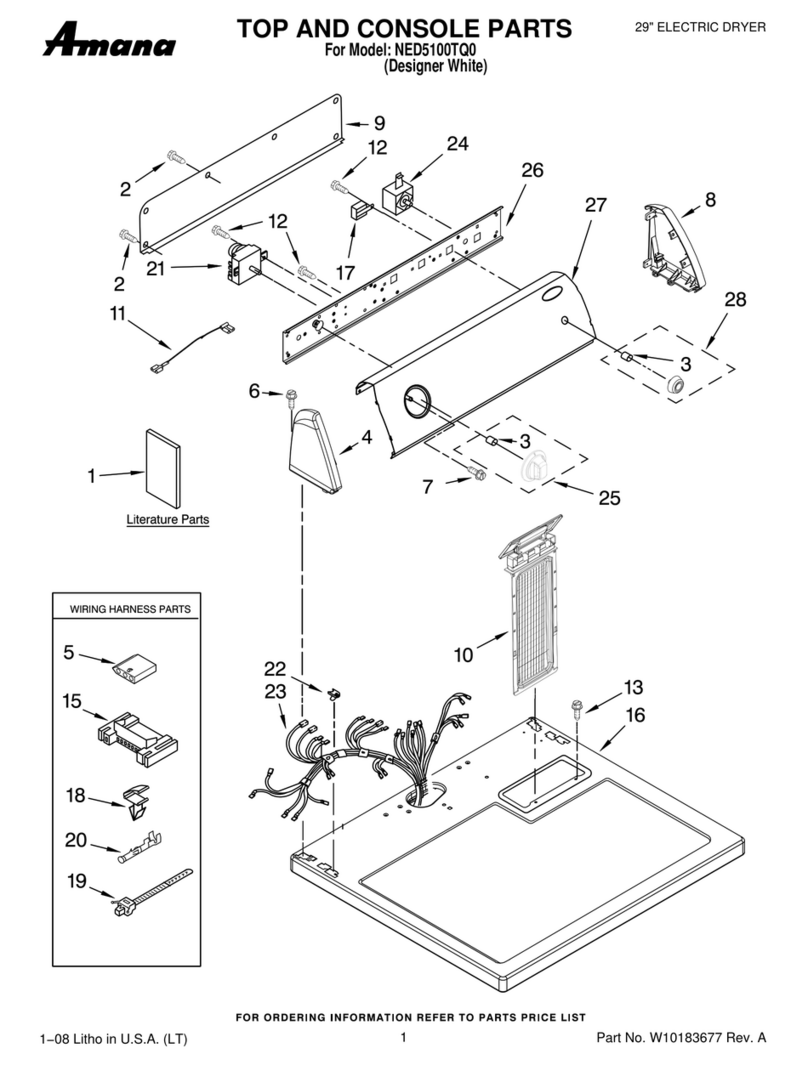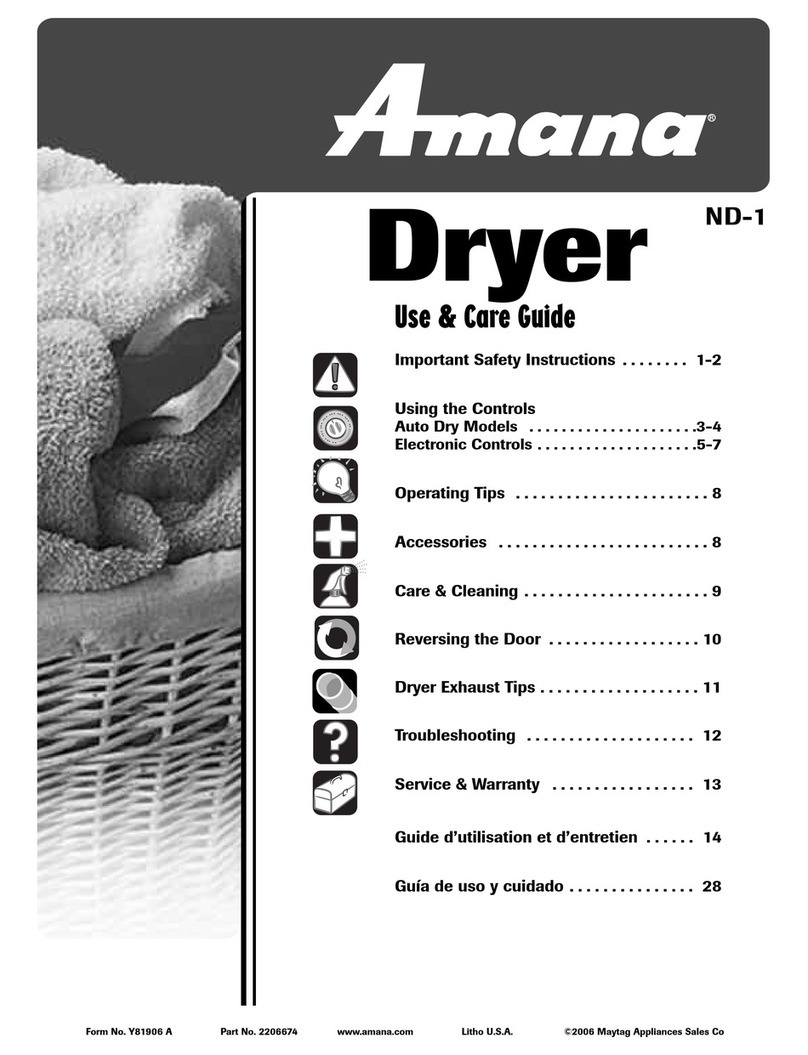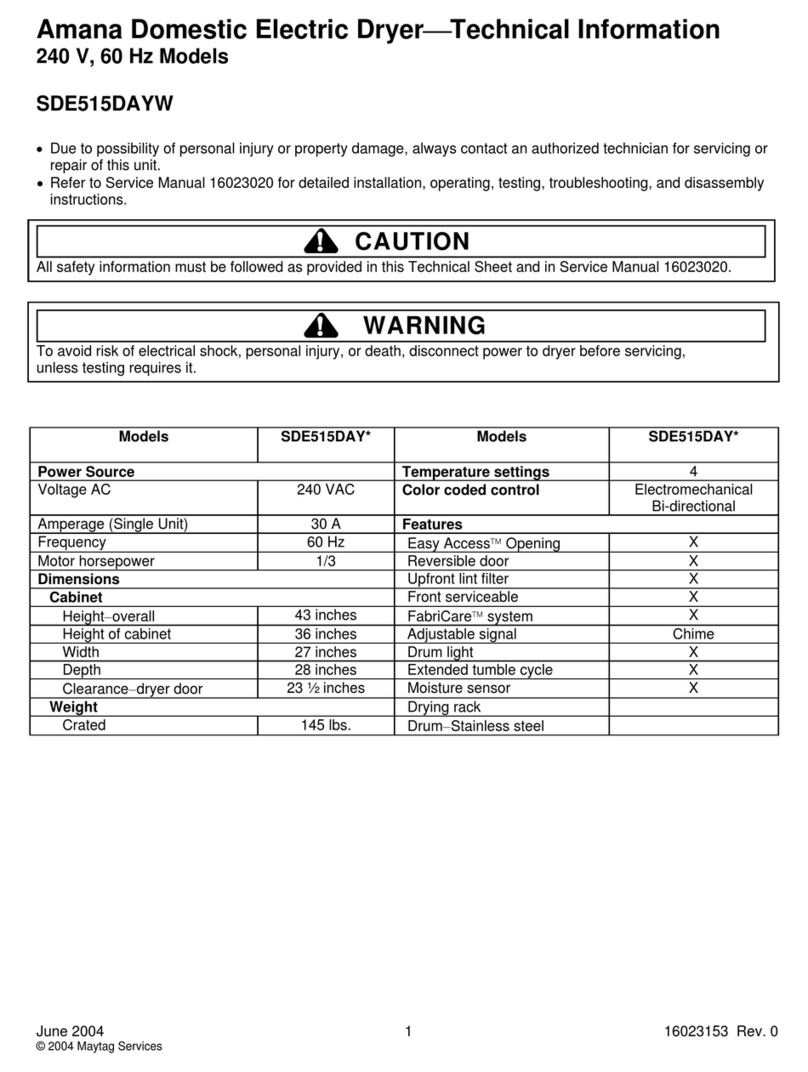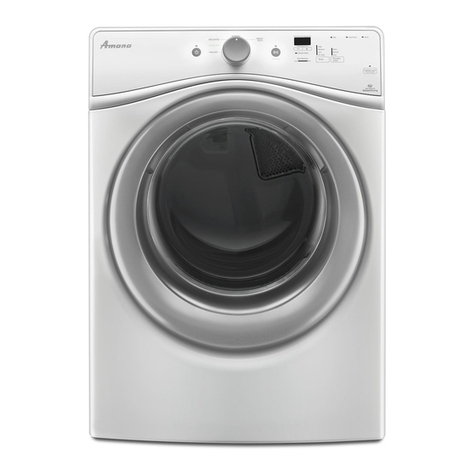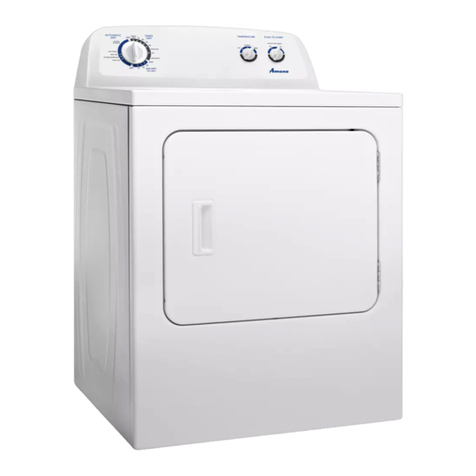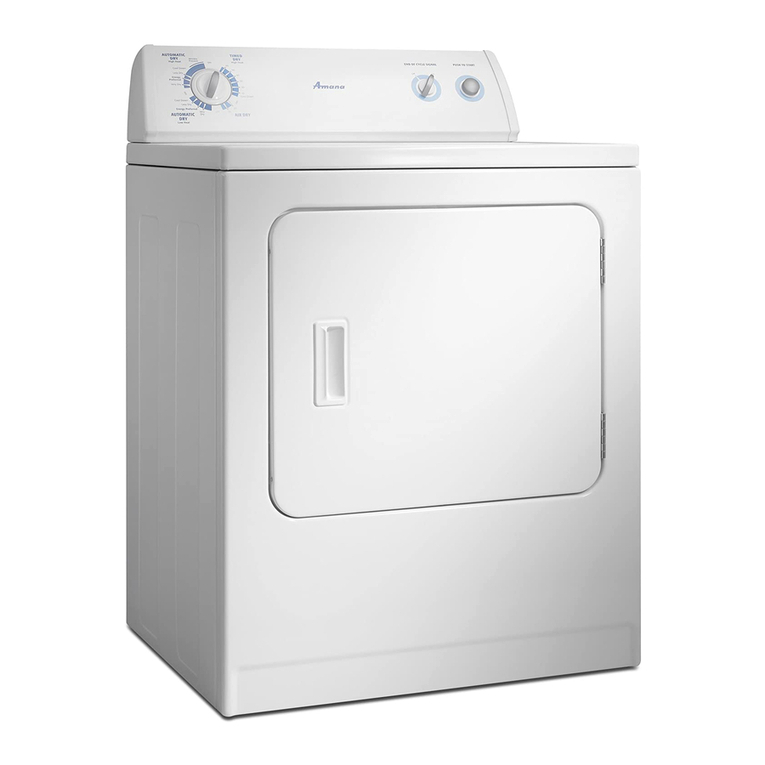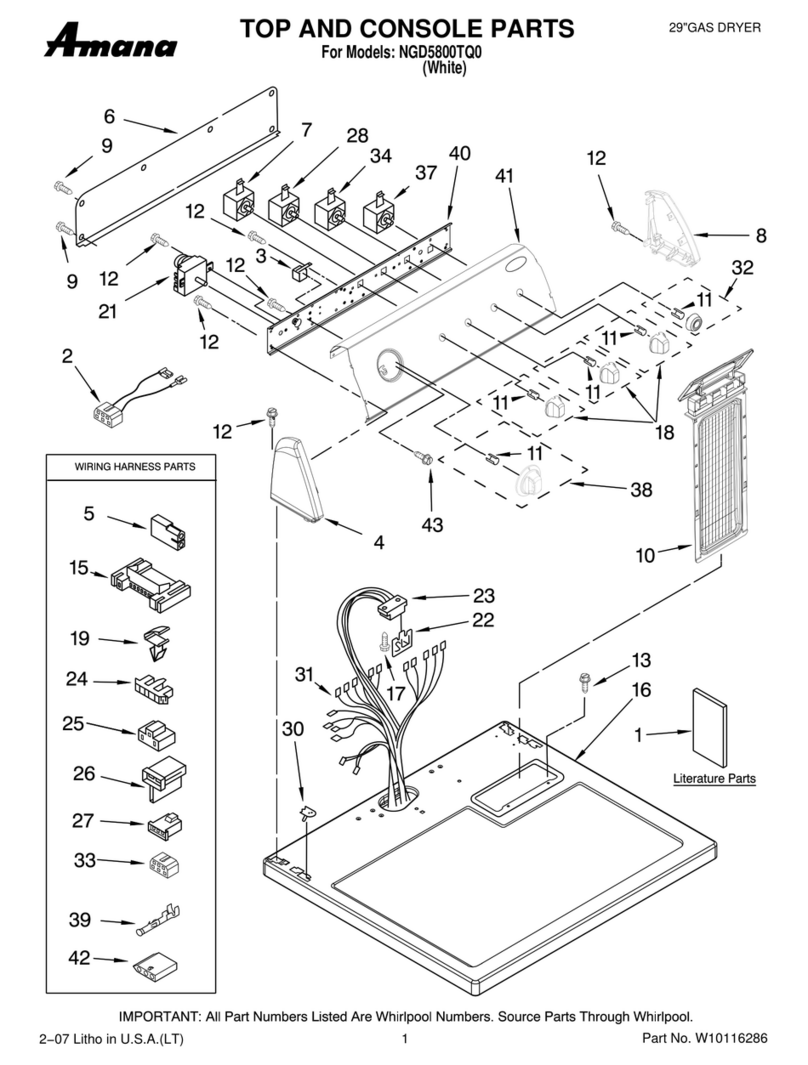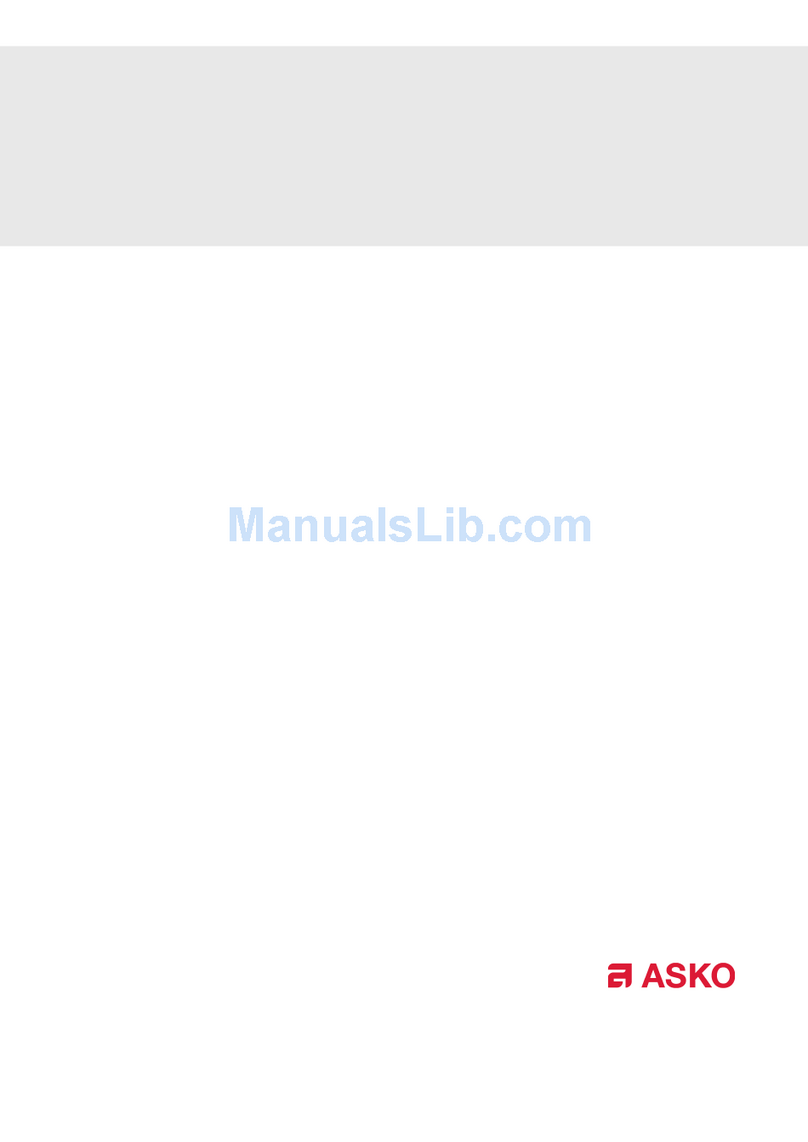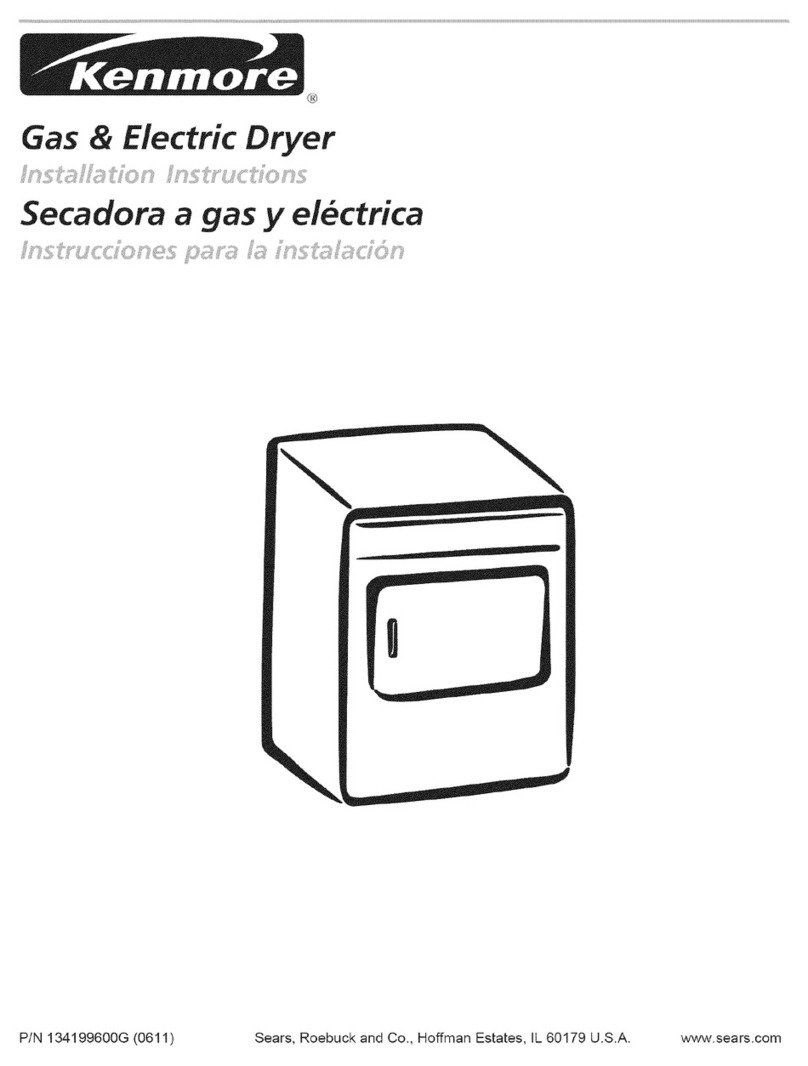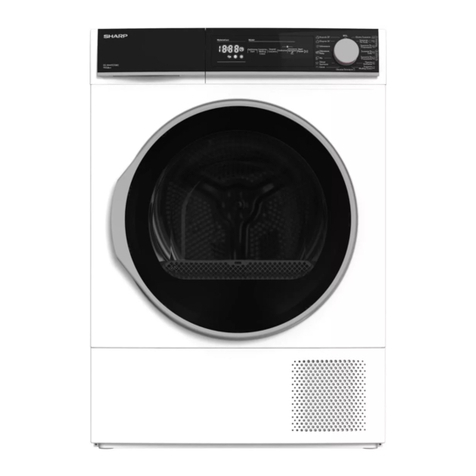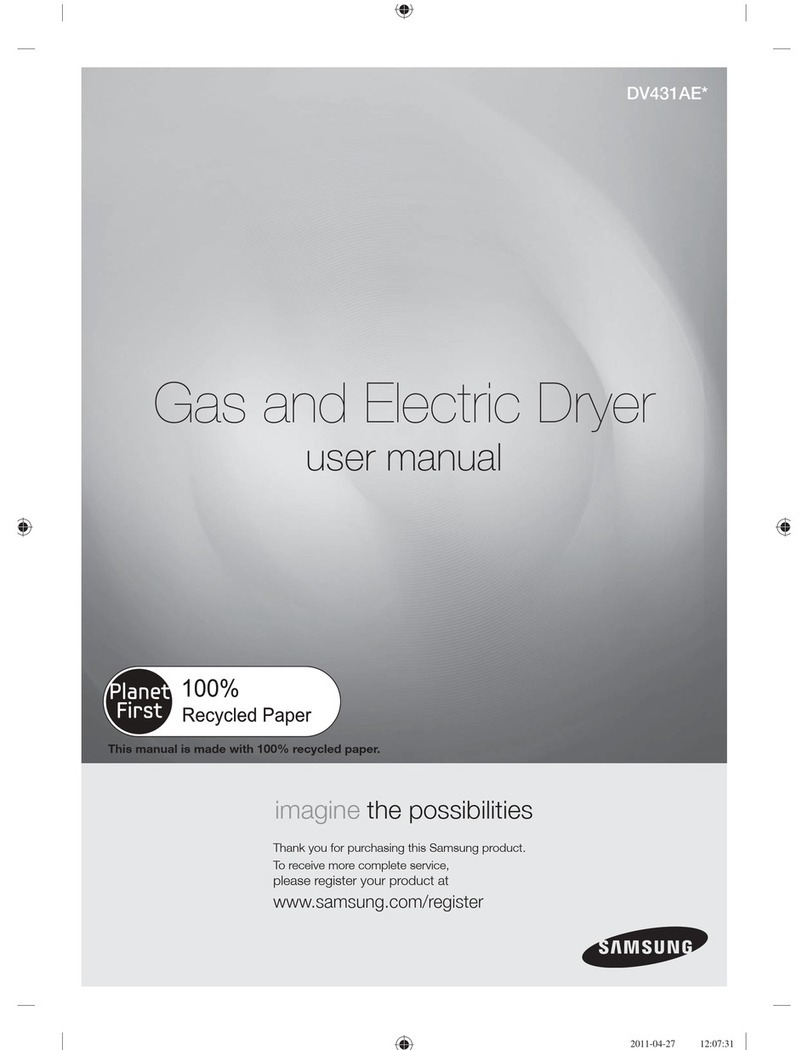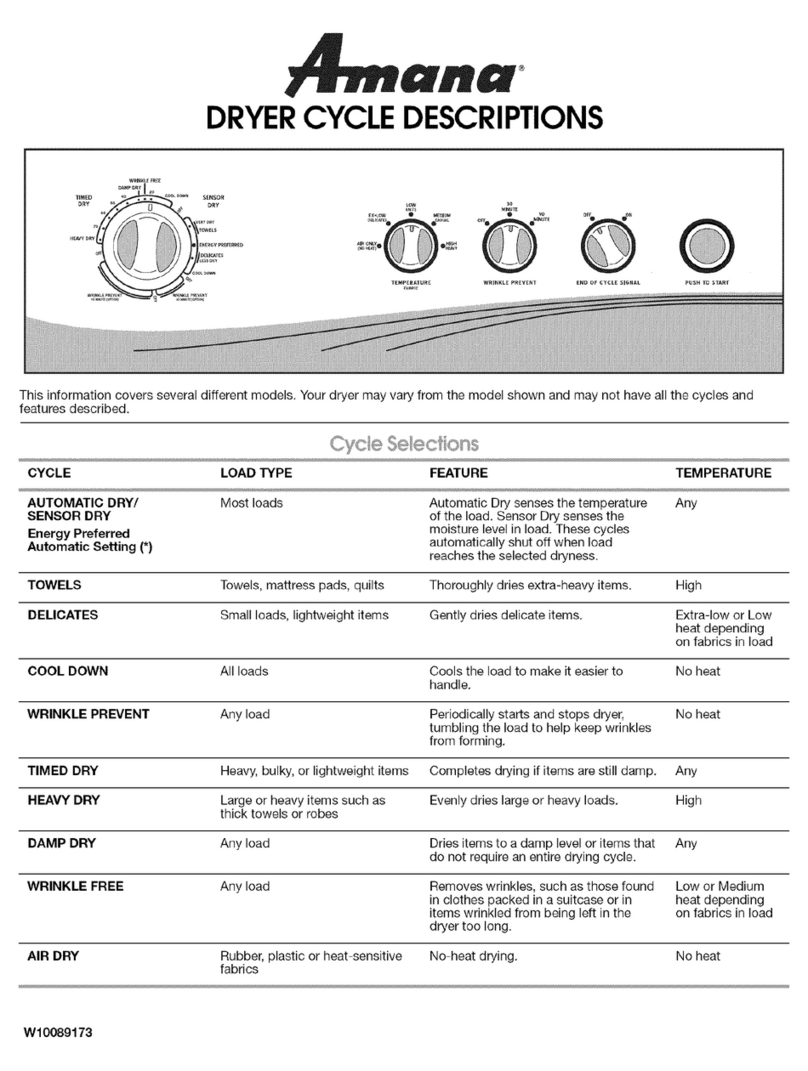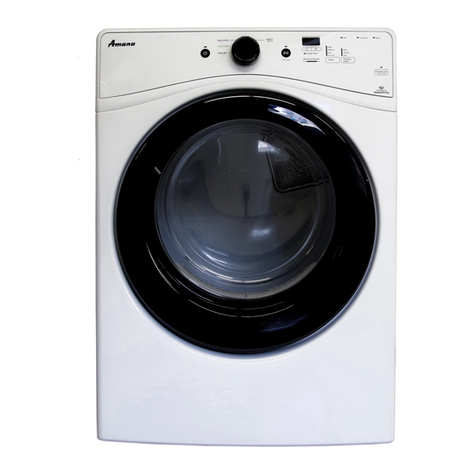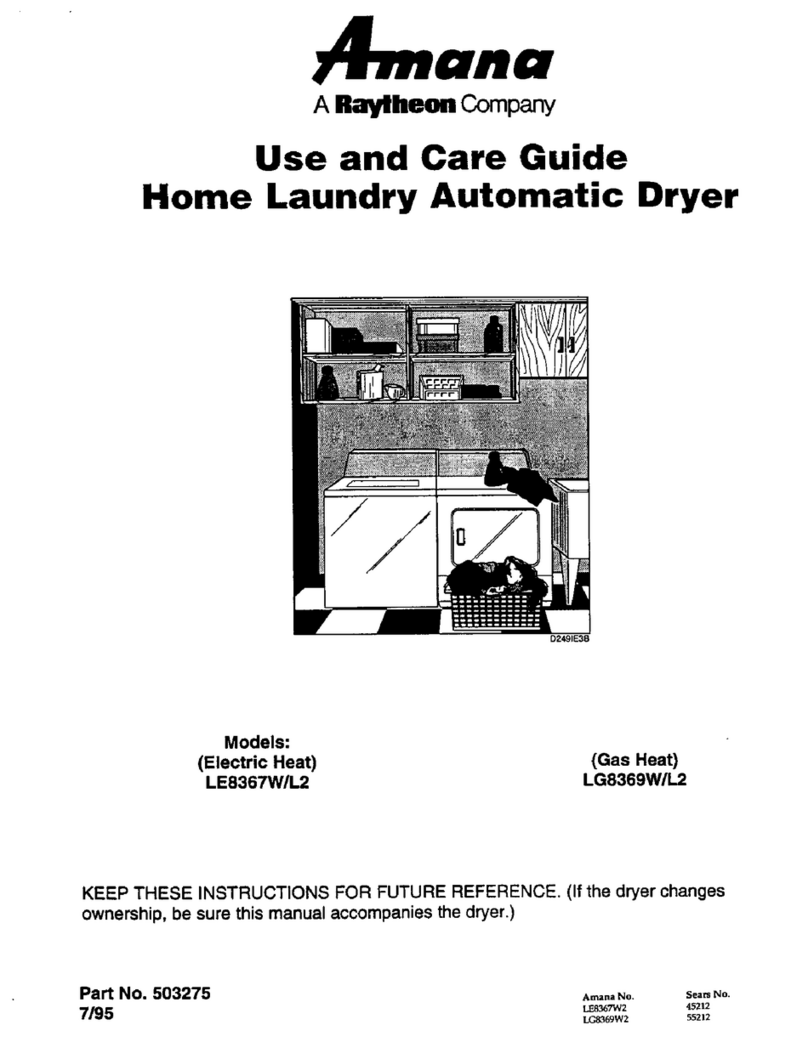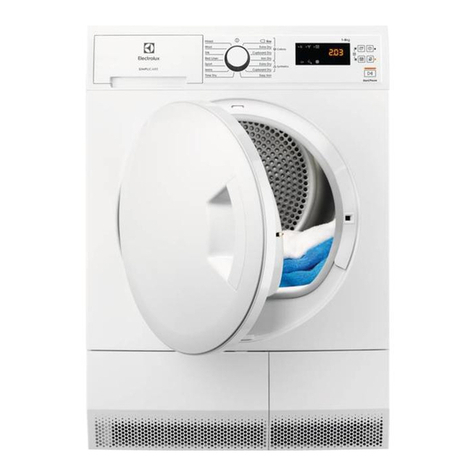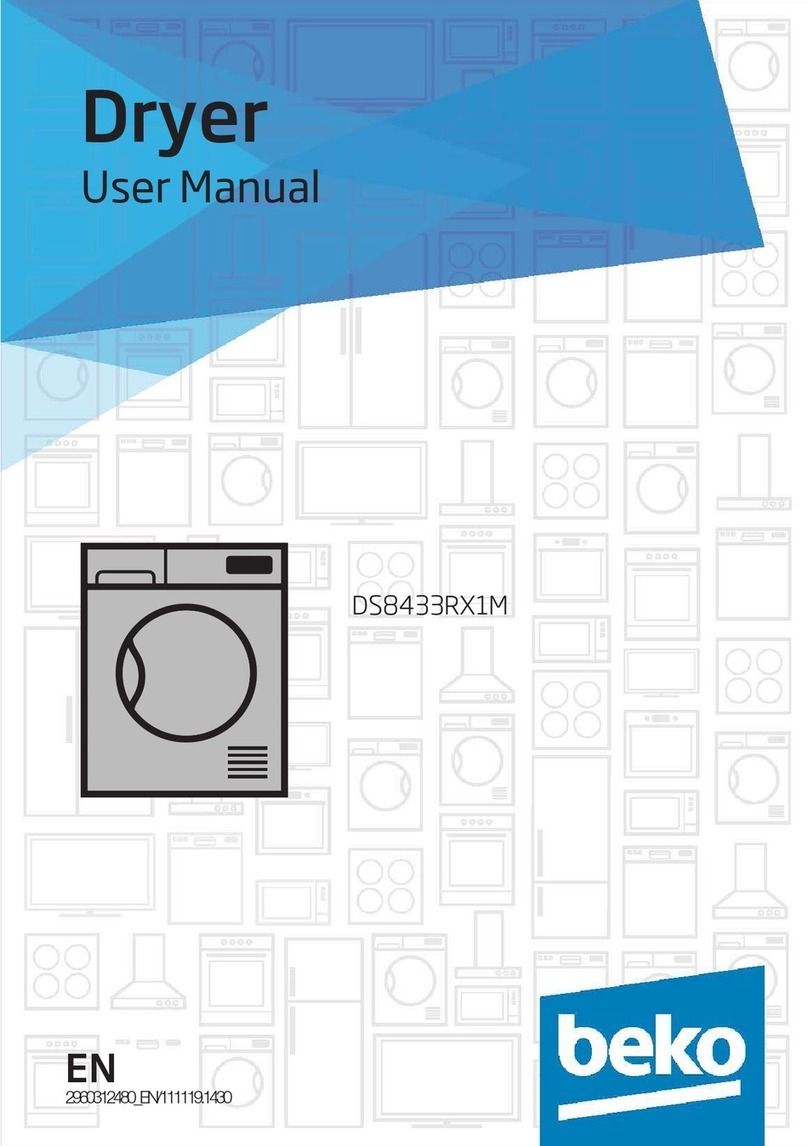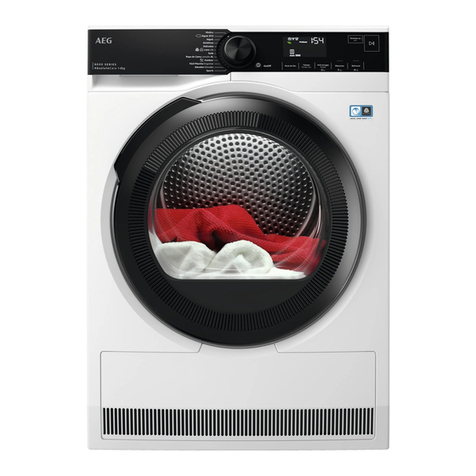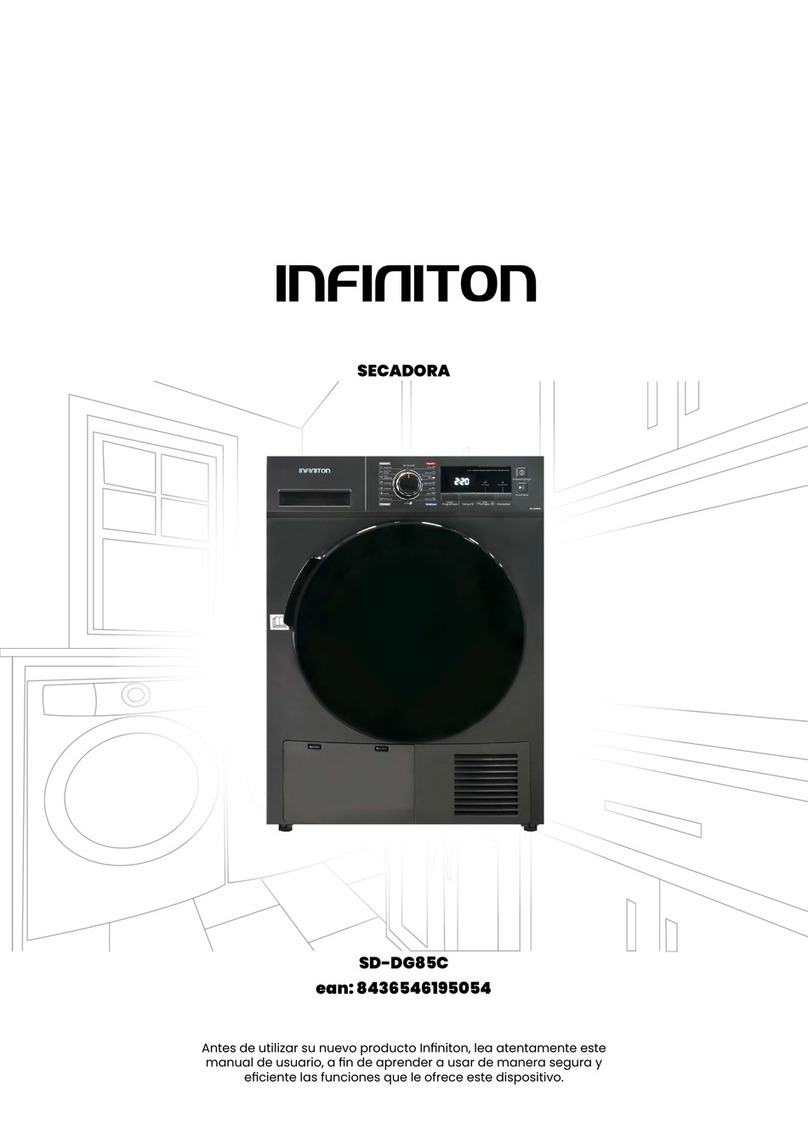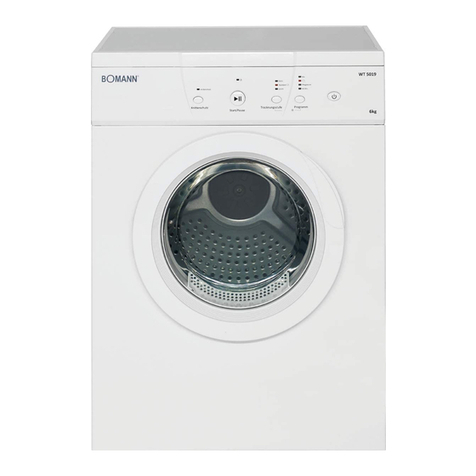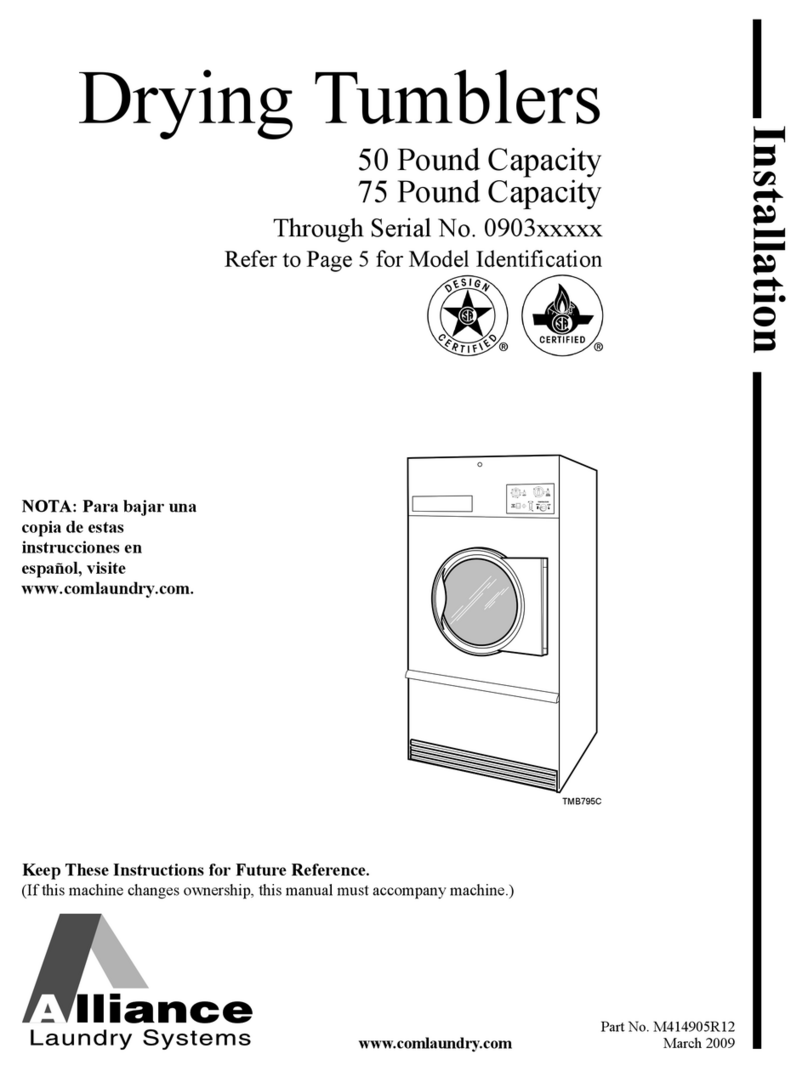
Not all cycles and settings are available on all models.
AUTOMATIC DRY/AUTO SENSE DRY - Senses moisture in the load or air temperature and shuts off when the load reaches
the selected dryness level. Gives the best drying in the shortest time. Drying time varies based on fabric type, load size, and
dryness setting.
Depending on model, temperature may be selected on cycle knob or be a separate control.
Load Type Cycle: Drying
Temperature:
Cycle Details:
Denim Jeans
Energy Preferred/
Energy Preferred
Automatic Setting*
(depending on model)
Cool Down
Delicate
Medium or High
Any
Low
No heat
Thoroughly dries denim.
Automatic Dry senses the temperature of the load.
Auto Sense Dry senses the moisture level in load.
These cycles automatically shut off when load
reaches the selected dryness
Gently dries delicate items.
Cools the load to make it easier to handle.
Small loads,
lightweight items
CYCLE GUIDE — AUTOMATIC DRY/AUTO SENSE DRY CYCLES
CYCLE GUIDE — TIMED DRY CYCLES
Not all cycles and settings are available on all models. Settings and options shown in bold are default settings for that cycle.
TIMED DRY - Will run the dryer for the specied time on the control. Depending on model, temperature may be selected on cycle
knob or be a separate control.
Setting the Drying Temperature
Select a drying temperature based on the fabrics in your
load. If you are unsure of the temperature to select for a load,
select the lower setting rather than the higher setting.
Temperature Tips
If your dryer has multiple heat settings:
■A High heat setting may be used for drying heavyweight
items such as towels and work clothes.
■A Medium heat setting may be used for drying medium-
weight items such as sheets, blouses, dresses,
underwear, permanent press fabrics, and some knits.
■A Low heat setting may be used for drying light-weight
items such as lingerie.
■Use a No heat (Fluff Air/Air Dry/No Heat Fluff) setting for
foam, rubber, plastic, or heat-sensitive fabrics.
■Line dry bonded or laminated fabrics.
NOTE: If you have questions about drying temperatures for
various loads, refer to the care label directions.
All loads
NOTE: If loads do not seem as dry as you would like, select Very Dry next time you dry a similar load.
Wrinkle Shield™/
Wrinkle Prevent
(depending on model)
No heat Periodically starts and stops dryer, tumbling the
load to avoid wrinkling.
Any load
No-iron fabrics, cottons, perm press,
linens, synthetics
Load Type Cycle: Drying
Temperature:
Cycle Details:
Large or heavy items such as thick
towels or robes
Heavy Duty
Damp Dry
Cool Down
Tumble Press®/
Wrinkle Free
(depending on model)
High
Any
Low or Medium
heat depending on
fabrics in load
No heat
Evenly dries large or heavy loads.
Dries items to a damp level or for items that do not
require an entire drying cycle.
Helps to smooth out wrinkles, such as those found
in clothes packed in a suitcase or in items wrinkled
from being left in the dryer too long.
Cools the load to make it easier to handle.
Any load
Any load
Fluff Air/
Air Dry/
No Heat Fluff
(depending on model)
No heat No-heat drying.Rubber, plastic, heat-sensitive
fabrics
Any load
7

